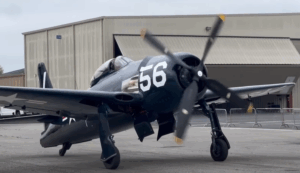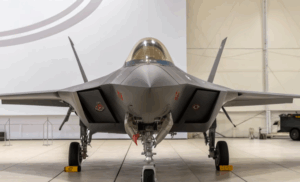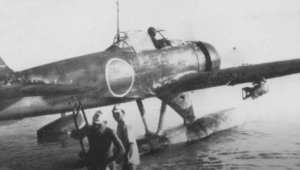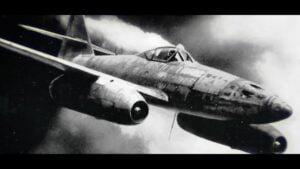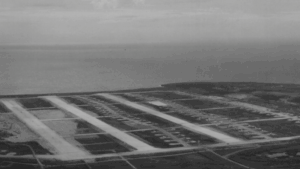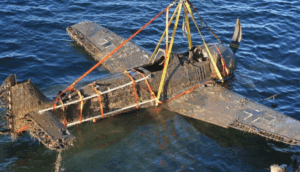See This Sunken Iconic Dornier Bomber Remains Preserved

BFBS Forces News / YouTube
The Last of Its Kind
Inside the RAF Museum Midlands, visitors can now see part of the last known Dornier Do 17 bomber. This German aircraft was shot down in 1940 during the Battle of Britain. For over 70 years, it rested on the seabed off the coast of Kent before it was raised and brought to the museum. The wing, now on display, is kept inside a special conservation hangar where experts have been working on it for over a decade.
When it was pulled from the water, the wing was still covered in barnacles and sea debris. Over time, trained staff used citric acid to remove layers of marine growth. Though much of the frame is made of aluminum, which corrodes easily in saltwater, parts of the wing remain intact. Steel parts, like the landing gear, show less damage. Even the rubber from the tires has held up better than expected, still bearing marks left by barnacles.

Scars of Combat
The Dornier Do 17, known to British crews as the “flying pencil,” faced British Defiant fighters from 264 Squadron. During the air battle, the aircraft was hit by .303 caliber rounds, which tore through the skin of the bomber. Visible holes and twisted metal on the recovered wing show how fierce the fighting was. This gives visitors a rare look at real damage from aerial combat.
Nearby, the museum’s conservation studio holds smaller items recovered from the wreck. These include medical tools like a hypodermic needle and ampoules for aspirin and caffeine. There’s also a gravity knife designed for emergency use if a crew member became trapped during a parachute drop. Other finds include a water flare pistol marked 1939 and dozens of spent cartridge cases from the bomber’s machine guns, showing just how intense the air battle was.
Keep going for the video below:














